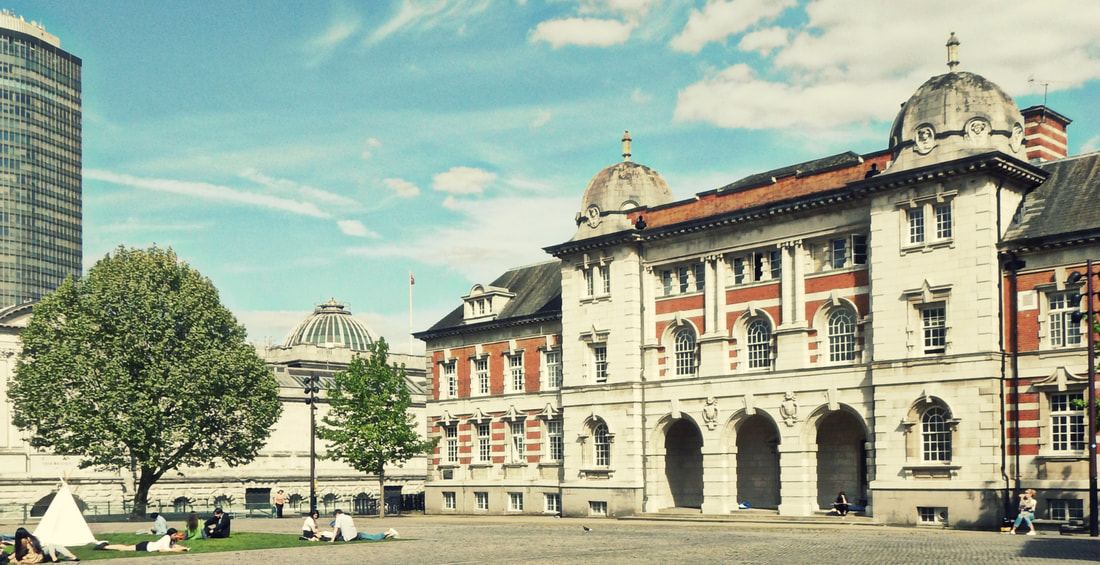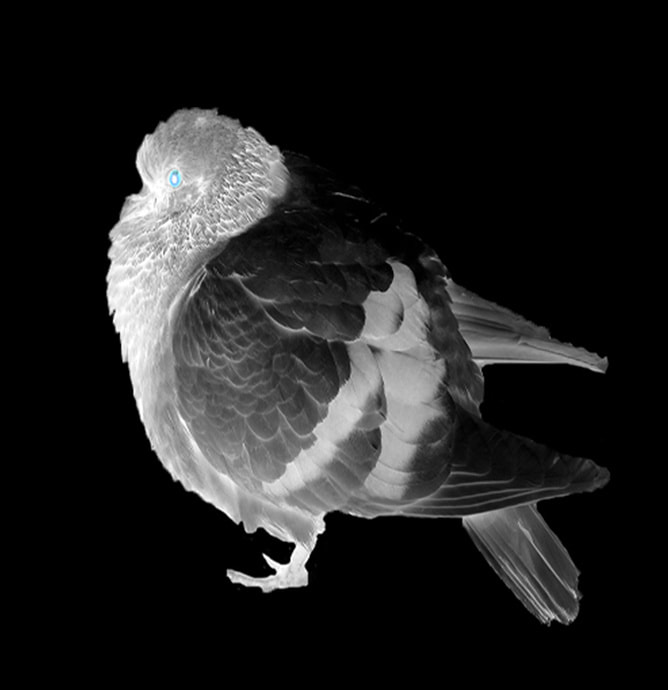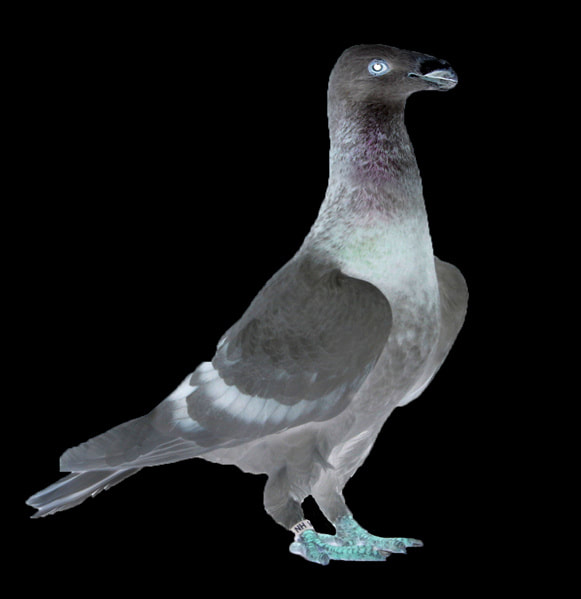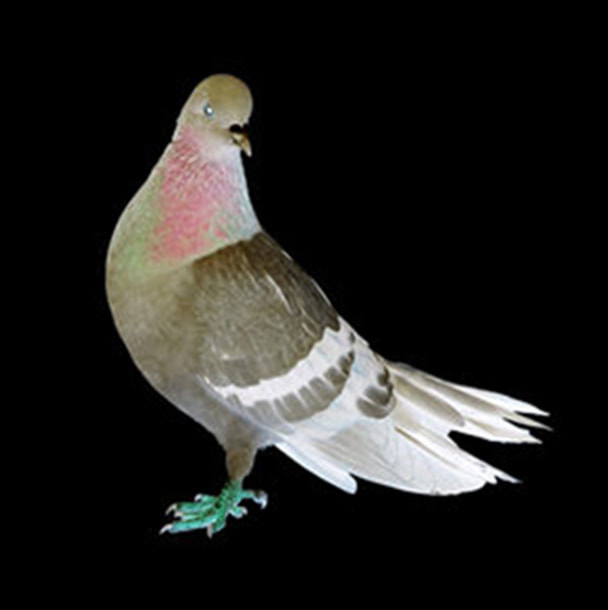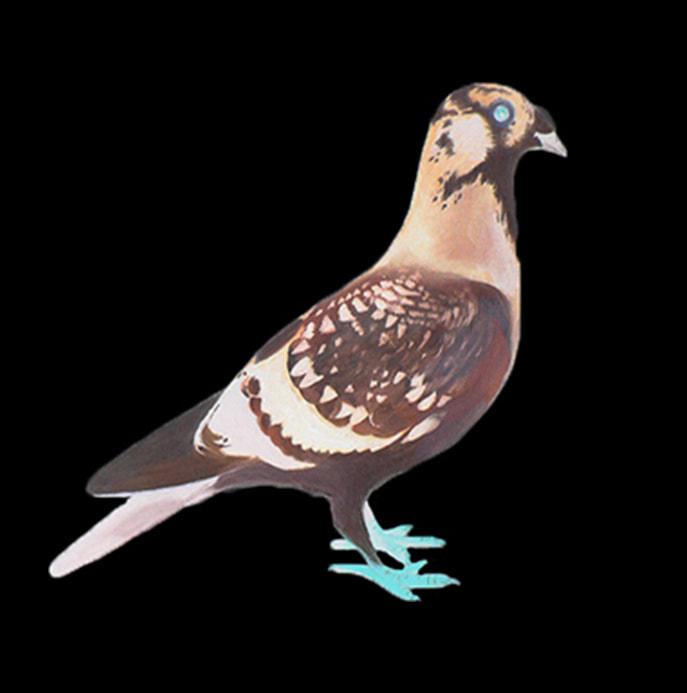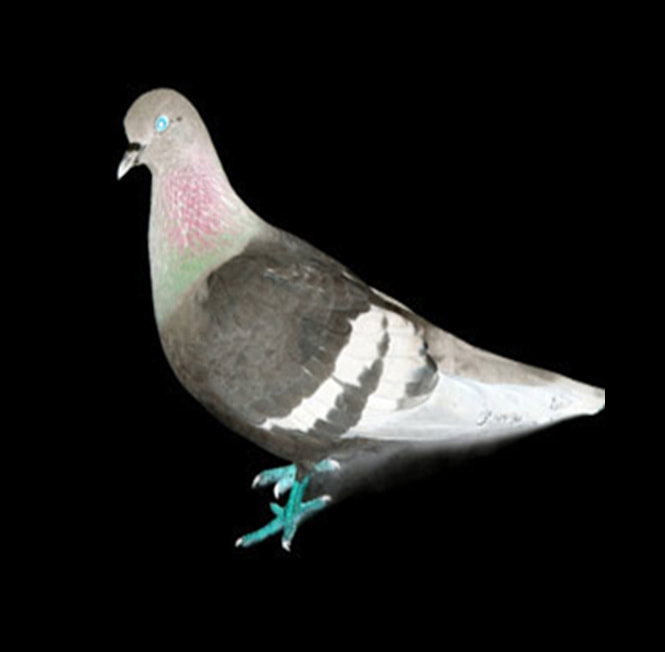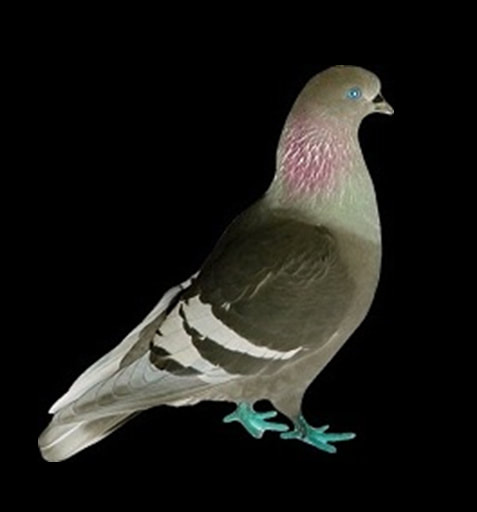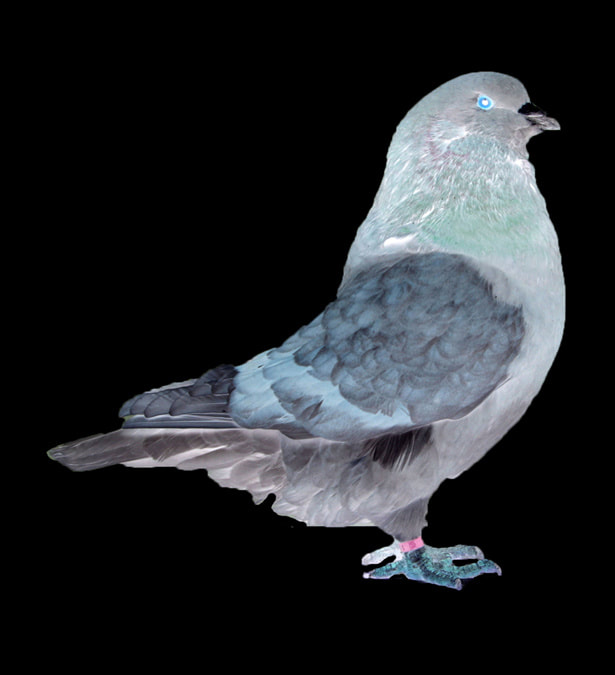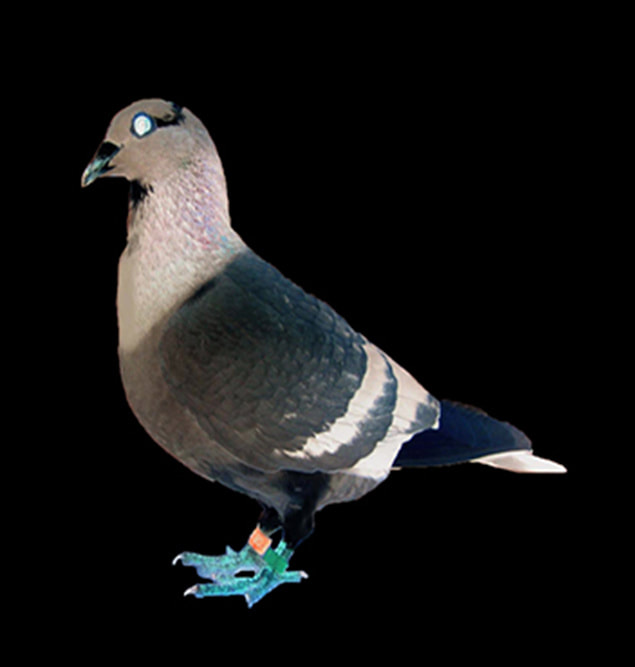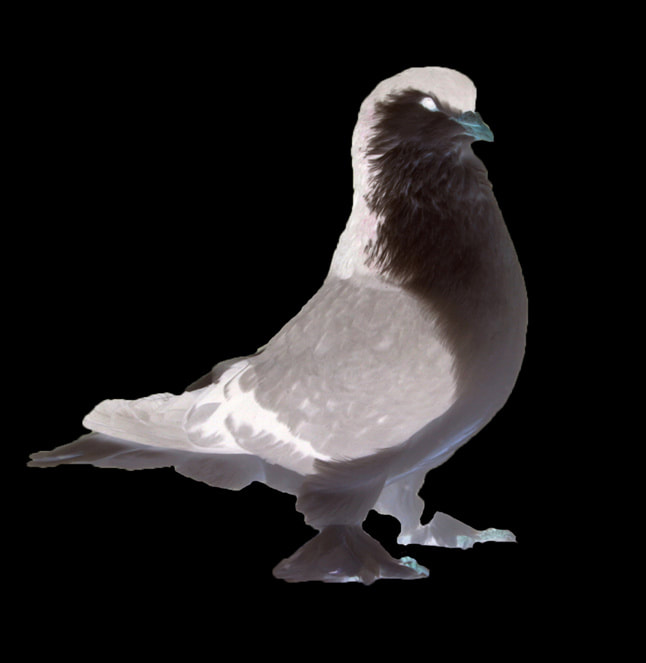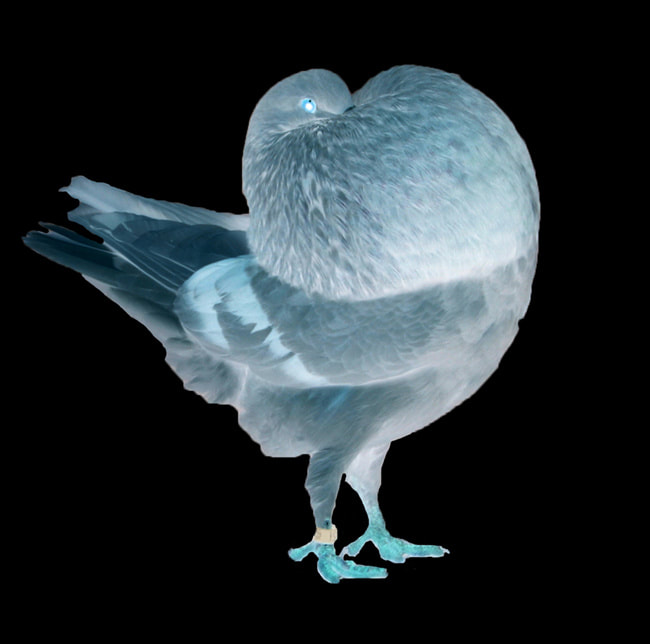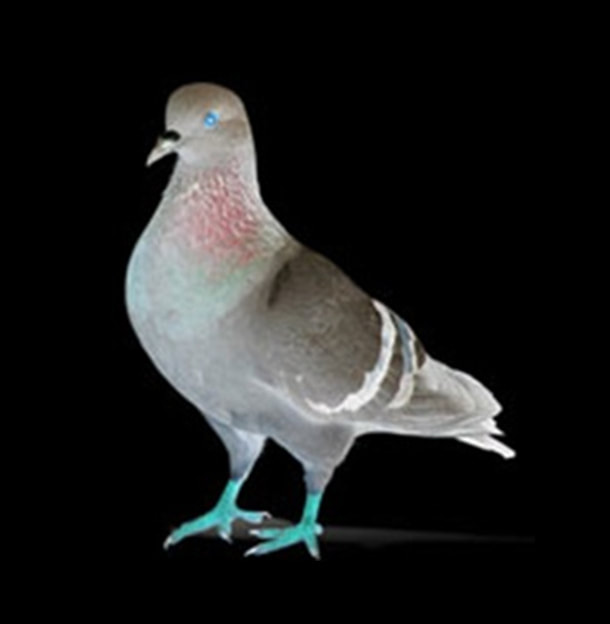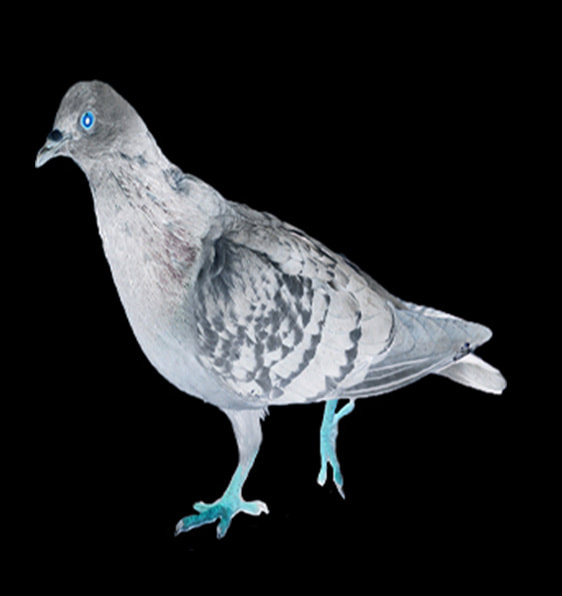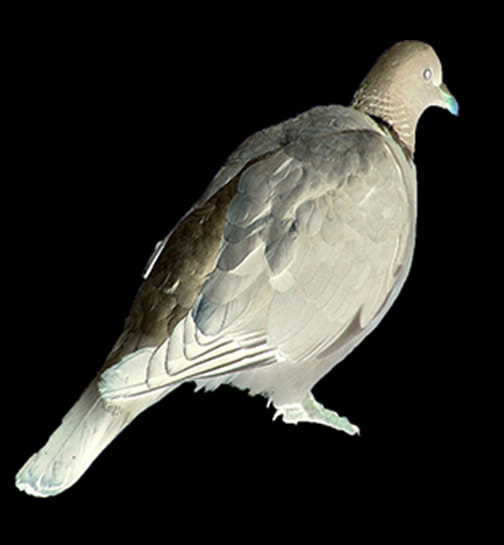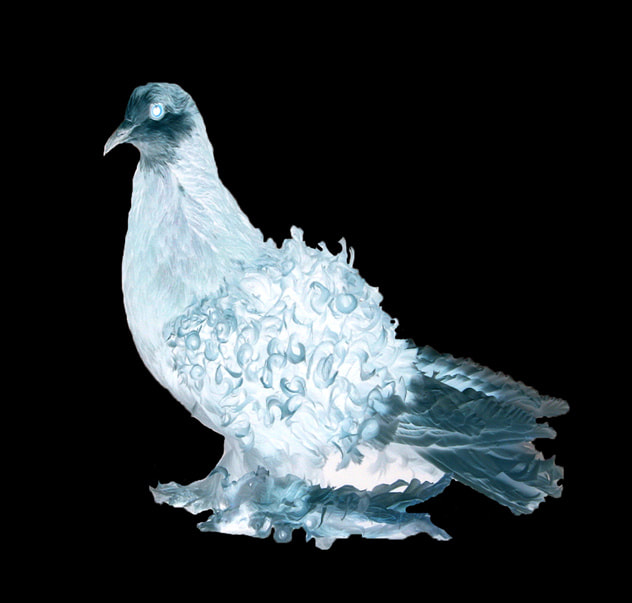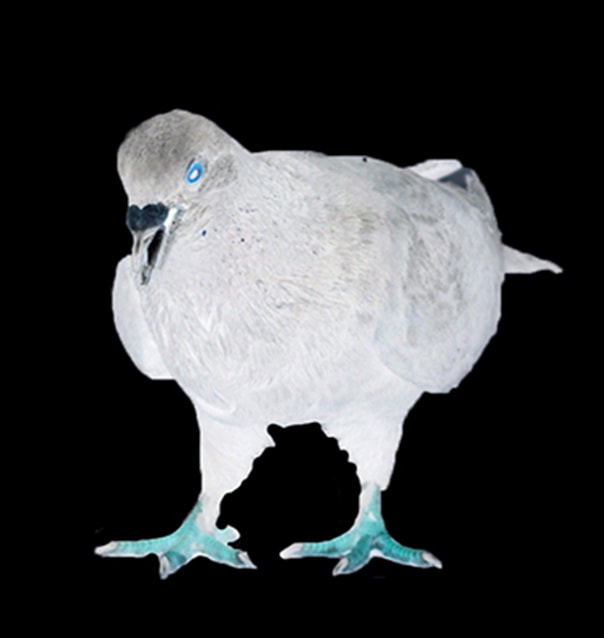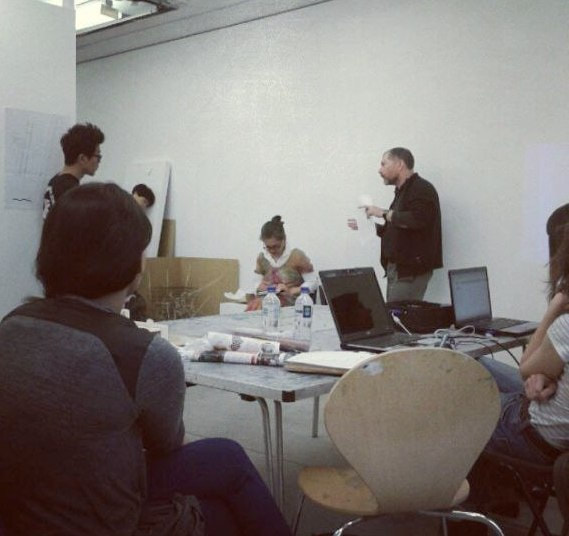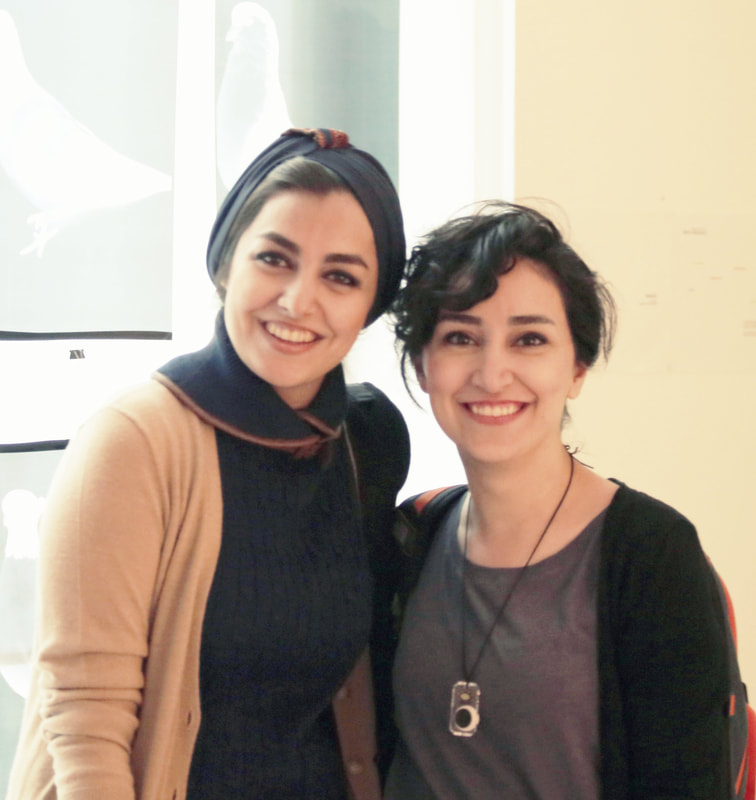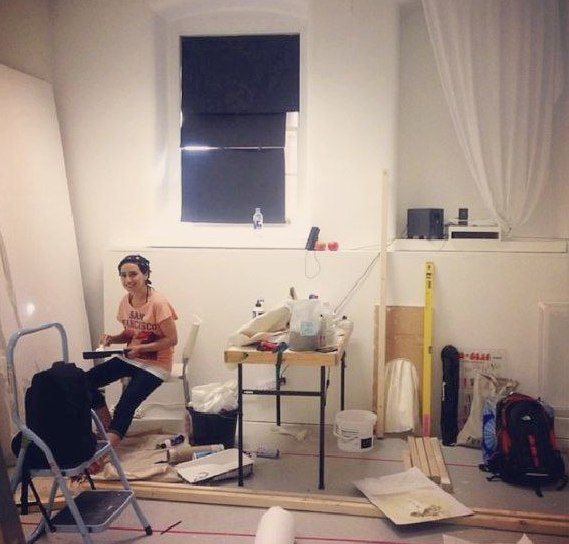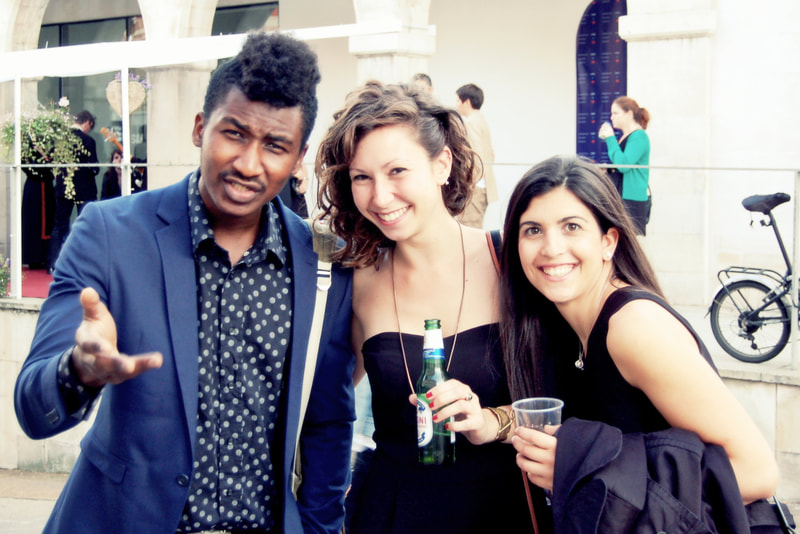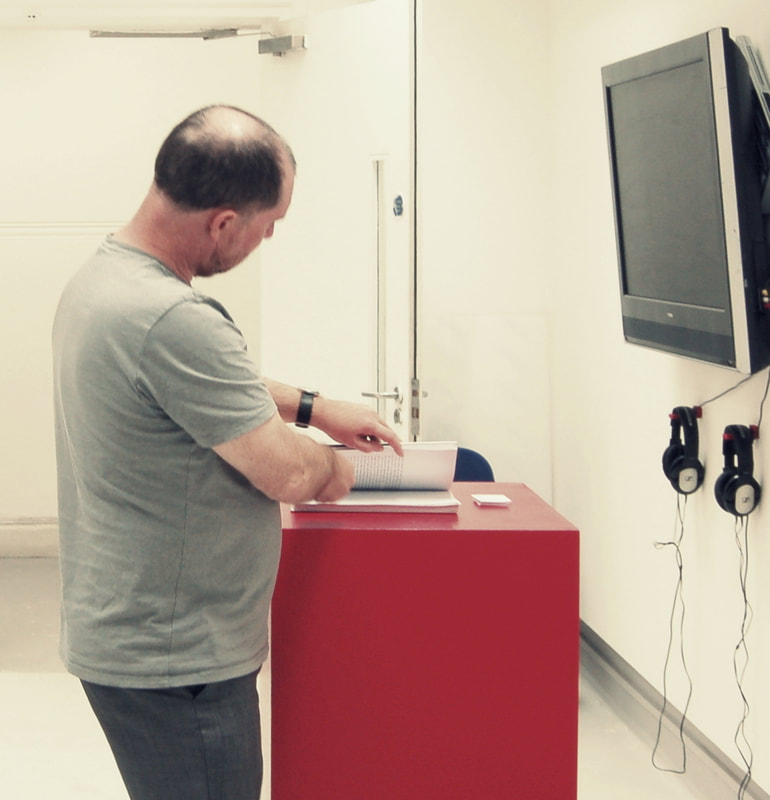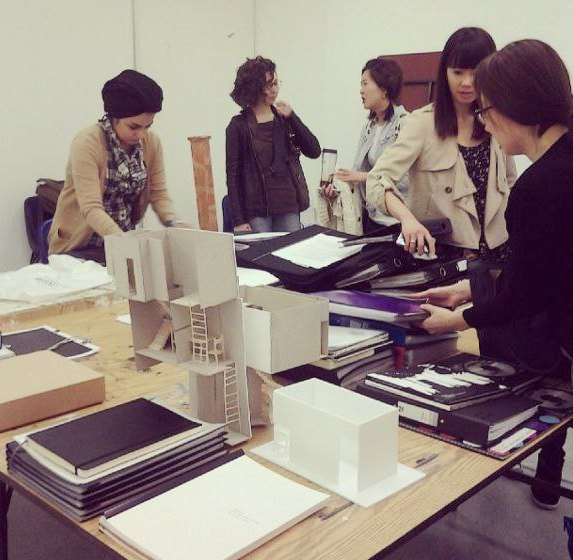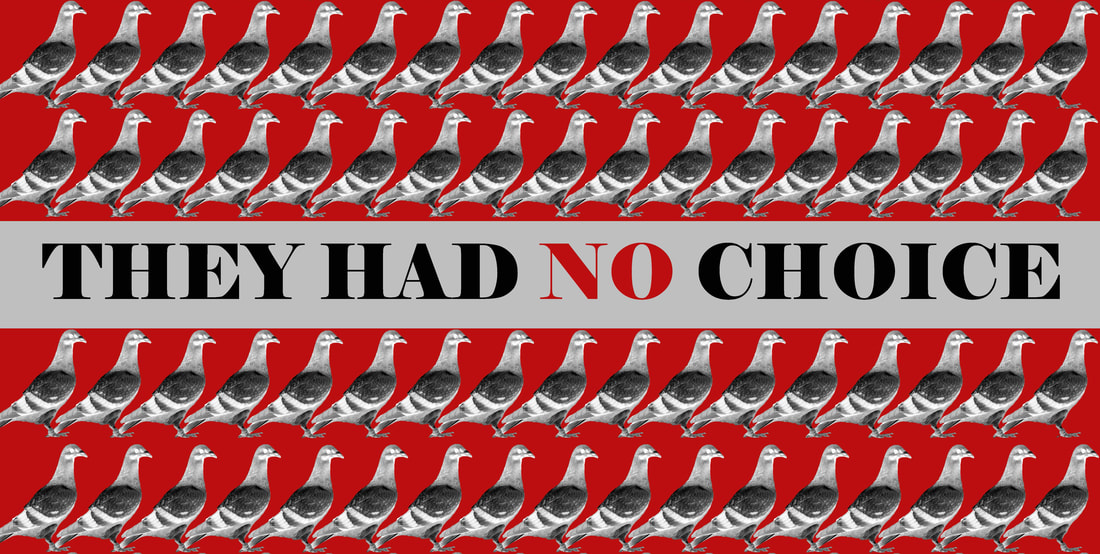MA (Master of Arts) Environmental Design - Chelsea College of Arts - University of the Arts London, U.K., 2013
I was born at the onset of the Iran/Iraq war, which persisted throughout my early childhood. Growing up in a war can present unique and difficult experiences that shape one's perspective and outlook on life. The violence and devastation of war can leave deep emotional scars, and for those of us who have grown up in war-torn regions, these experiences can be long-lasting. We may have witnessed or experienced violence, lost loved ones, or struggled to access basic necessities such as food, water, and shelter. Despite the hardships, many of us exhibit remarkable resilience and fortitude. We have had to adapt quickly to changing circumstances, learn to manage stress and uncertainty, and form strong bonds with our communities. For those who have experienced war firsthand, peace becomes a precious and hard-fought commodity. Many of us develop a profound appreciation for the value of peace and recognize the importance of preventing violence and conflict in the future. Growing up in a war can also shape a person's sense of identity and belonging. It may reinforce our connection to our culture or community, or it may lead us to question our place in the world and our values and beliefs.
During my time as a graduate student at UAL in 2013, I drew on my personal experiences as a survivor of war to inform my research. My thesis examined the spatial and emotional effects of negative images (such as those found in photography) and explored whether these images, when used in an aesthetic context, could convey sensory-emotional values that retell stories of horror, fear, and trauma. Through extensive archival research, field surveys of London, and secondary resources, I presented my thesis in two chapters and accompanied it with a collection of art installations that delved deeper into the concept of imagery and iconography in the context of my research on World War II. The Interior and Spatial Design program at the Chelsea College of Arts provided me with a research-based MA degree that focused on critical inquiry into space through the theoretical and practical research interests of the students. Under the guidance of my primary supervisor and mentor Dr. Ken Wilder, who taught the curatorial communication and logistics for art exhibitions in museums and galleries, I learned how to create, install, and showcase my mixed-media installations to the public.
During my time as a graduate student at UAL in 2013, I drew on my personal experiences as a survivor of war to inform my research. My thesis examined the spatial and emotional effects of negative images (such as those found in photography) and explored whether these images, when used in an aesthetic context, could convey sensory-emotional values that retell stories of horror, fear, and trauma. Through extensive archival research, field surveys of London, and secondary resources, I presented my thesis in two chapters and accompanied it with a collection of art installations that delved deeper into the concept of imagery and iconography in the context of my research on World War II. The Interior and Spatial Design program at the Chelsea College of Arts provided me with a research-based MA degree that focused on critical inquiry into space through the theoretical and practical research interests of the students. Under the guidance of my primary supervisor and mentor Dr. Ken Wilder, who taught the curatorial communication and logistics for art exhibitions in museums and galleries, I learned how to create, install, and showcase my mixed-media installations to the public.
| MA_Paper.pdf |
Attending a fast-paste program in art school, can present various challenges, especially for those of us who are from the traditional 'architecture' background, and accustomed to more structured or formulaic forms of learning and deadlines. Art being a subjective field means that there are no fixed right or wrong answers, which can add to the difficulty. Each project demands extensive research, dedication, and time commitment, often requiring long hours of practicing, crafting, and creating new work, which can take a toll on both the mind and body. Despite the challenges, we were able to have a great year by supporting and encouraging each other every step of the way.
